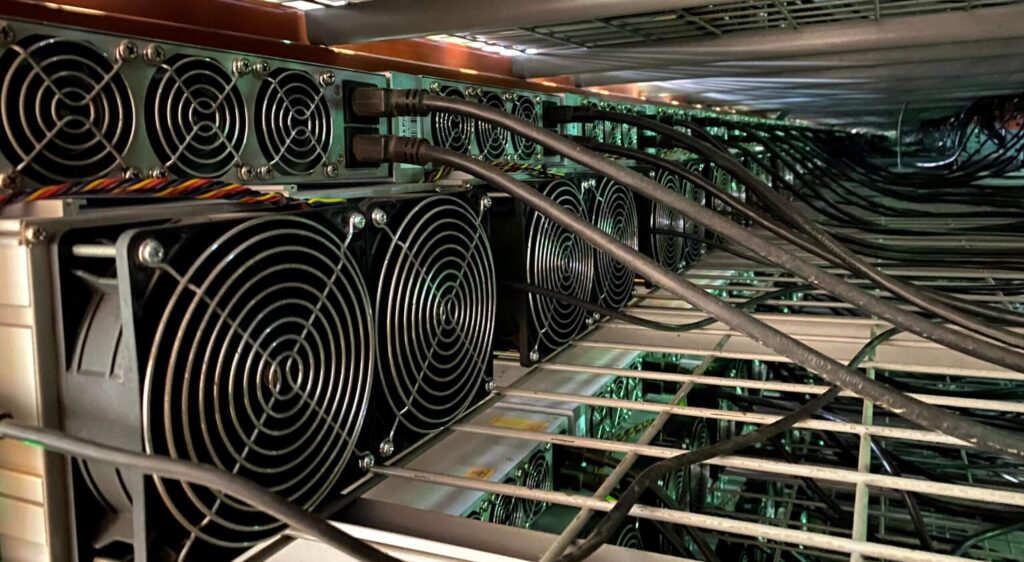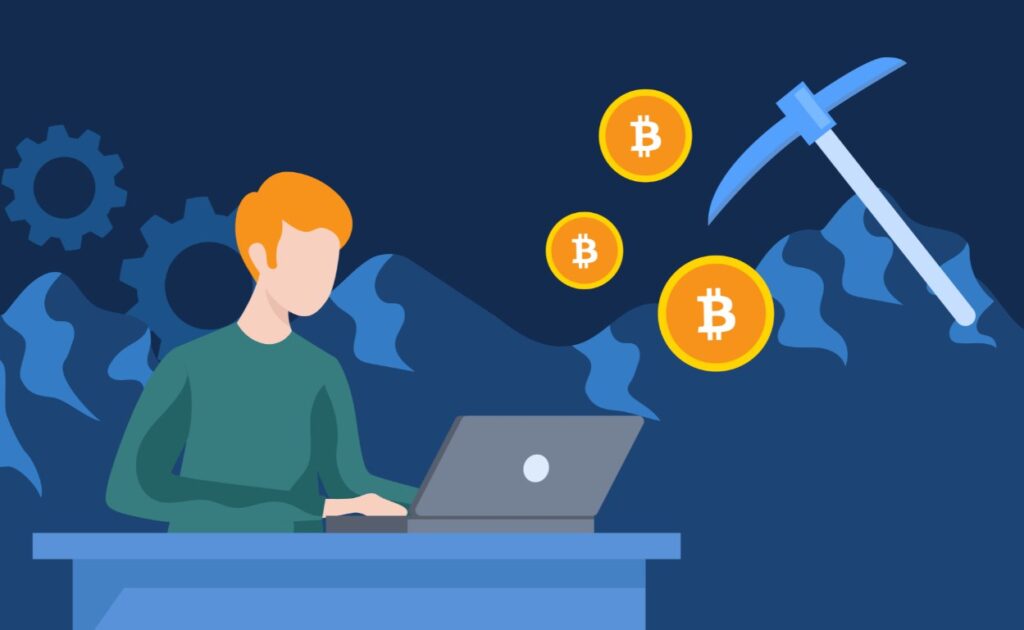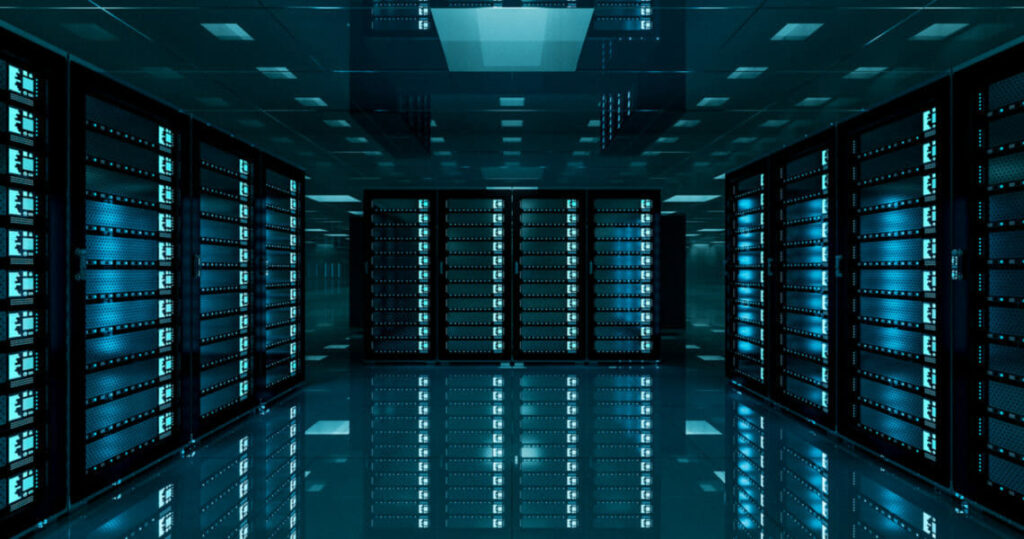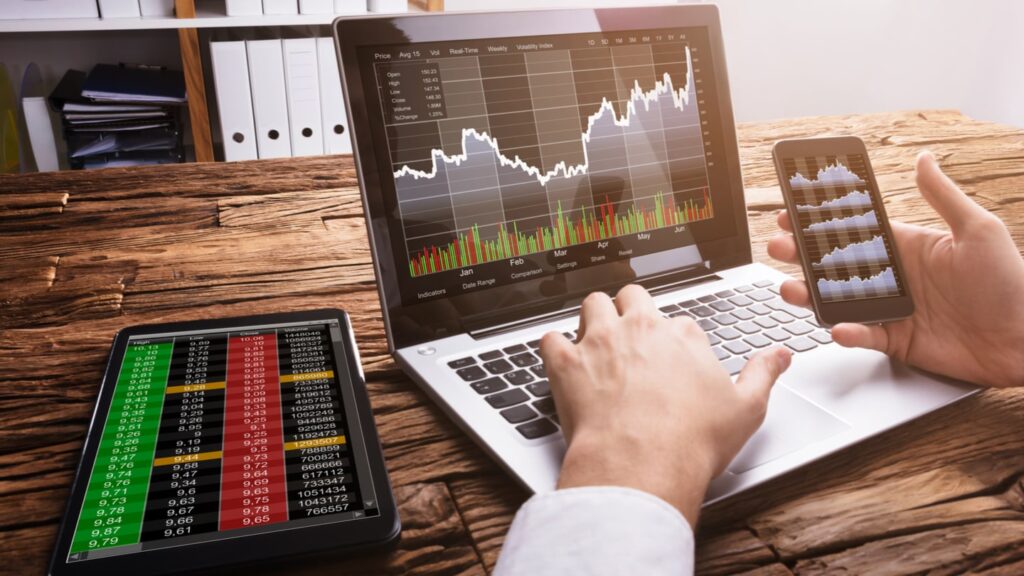The society we live in is changing thanks to blockchain, and the crypto market offers prospects the world has never seen before. As a result, we’re left wondering how to mine cryptocurrency.
Cryptocurrencies have a lot to teach us. Their background, how they operate, and their possible impact on the future of our society, among other things.
But now, we’ll discuss cryptocurrency mining, which is one of the most important components of their development.
What Is Cryptocurrency Mining?
The simplest way to comprehend bitcoin mining is to realize that it is not mining in the classic sense.
Mining is a method of validating blockchain transactions. People that run mining software (miners) do the job of ensuring transactions are legitimate instead of someone at a bank or clearing house.
While a bank employee may be paid a salary, bitcoin miners are compensated in the form of cryptocurrency.
If you are only interested in trading cryptocurrency, visit immediateedgepro.com/pt.
1. Hardware for Cryptocurrency Mining

img source: computenorth.com
For the best mining results, different types of cryptocurrency may require different types of hardware. Hardware (such as application-specific integrated circuits, or ASICs) has been designed to improve cryptocurrencies like Bitcoin and Bitcoin Cash, for example. However, graphics processing units (GPUs) are sufficient to handle transactions for cryptocurrencies that do not require specific hardware, such as Ethereum, Zcash, and BitcoinGold.
In comparison to mining farms, GPUs are, of course, still slow. For example, if you chose to mine Bitcoin with a GPU, you may have to wait years before you can mine one Bitcoin! GPUs can be found at any computer retailer that sells hardware.
Although these graphics cards are quicker, they still consume more power and produce a lot of heat. That’s when the miners decided to move to an ASIC, or application-specific integrated circuit. Bitcoin mining has become significantly faster and more energy efficient thanks to ASIC technology.
Mining equipment entailing ASICs becomes extremely expensive during the crypto craze. That’s why you should think about your return on investment before entering into cryptocurrency mining. Sometimes it’s better to just buy cryptocurrencies rather than mine them.
2. Cryptocurrency Mining software

img source: website-files.com
The actual mining process is controlled by mining software. If you’re a solo miner, the software links your computer to the blockchain and turns it into a mining node or rig. The software links you to the mining pool if you mine with a group of individuals (see next section).
The software’s primary function is to distribute the work of the mining hardware to the rest of the network and to accept finished work from other miners. It also displays information such as your fan’s speed, hash rate, and temperature.
Reading online evaluations about the features, reputation, and convenience of use might help you choose the best program. This market is constantly changing, so finding the finest solutions may take some time.
3. Pools for Mining Cryptocurrencies

img source: miningwatchdog.com
Mining pools connect miners together, but you don’t have to be in shape to join one. Simply explained, a mining pool is a gathering place for average miners who do not have access to massive mining farms to pool their resources and share their profits. You can get solutions to math problems faster if you join a mining pool rather than doing it alone. You’re paid in proportion to how much work you and your system puts in.
Mining pools are appealing because they spread out the payouts and make them more predictable. If you don’t join a mining pool, you’ll only get paid if you find a block on your own. That’s why solo mining isn’t a good idea. Your computer’s hash rate isn’t going to be fast enough to find a block on its own.
It is recommended that you conduct a web search when you are ready to join a mining pool to locate one that is suited for you. This is due to the fact that the market, as well as the infrastructure and participants, are always changing.
4. Make certain that cryptocurrency mining is a worthwhile investment of your time.

img source: inspirechief.com
After you’ve gathered all of your tools, you’ll need to set up and begin mining. It can be difficult to do so, and the mining community’s dynamic changes on a regular basis, so make sure you’re up to date on current changes and have the most up-to-date equipment for your mining journey.
If you want to mine Bitcoin, keep in mind that your profitability is dependent on a number of factors (including your processing power, electricity expenses, pool fees, and the value of Bitcoin at the time of mining), and there’s a good chance you won’t make any money at all.
Using a Bitcoin mining calculator, you can figure out if Bitcoin mining is going to be profitable for you. Mining calculators include all of the costs associated with mining and determine whether mining a certain cryptocurrency is lucrative for you.
5. Online Trading and Mining Benefits

img soruce: cryptohubworld.com
One of the key advantages of being a miner is that they have the ability to vote, and they can vote on any request or change in the network based on their computer power.
If you only want to trade, online trading platforms are a better option, especially if you don’t care about Bitcoin mining or working on the network for a long time. It’s worth emphasizing that you don’t have the right to vote on the blockchain network as an investor.
Another benefit is that miners receive transaction fees, which increase in value as the network’s traffic grows. Furthermore, when there are no more Bitcoins to mine, transaction costs will be substantially higher, especially since there will no longer be a block reward, which is another incentive for miners.
Conclusion
To summarize, internet trading is relatively accessible, and there are several exchange platforms that cater to a wide spectrum of consumers, including beginners. Bitcoin mining, on the other hand, is an excellent choice for anyone interested in maintaining a long-term connection to the blockchain network. So, when making your decision, keep these facts in mind, as well as your financial objectives and costs.



